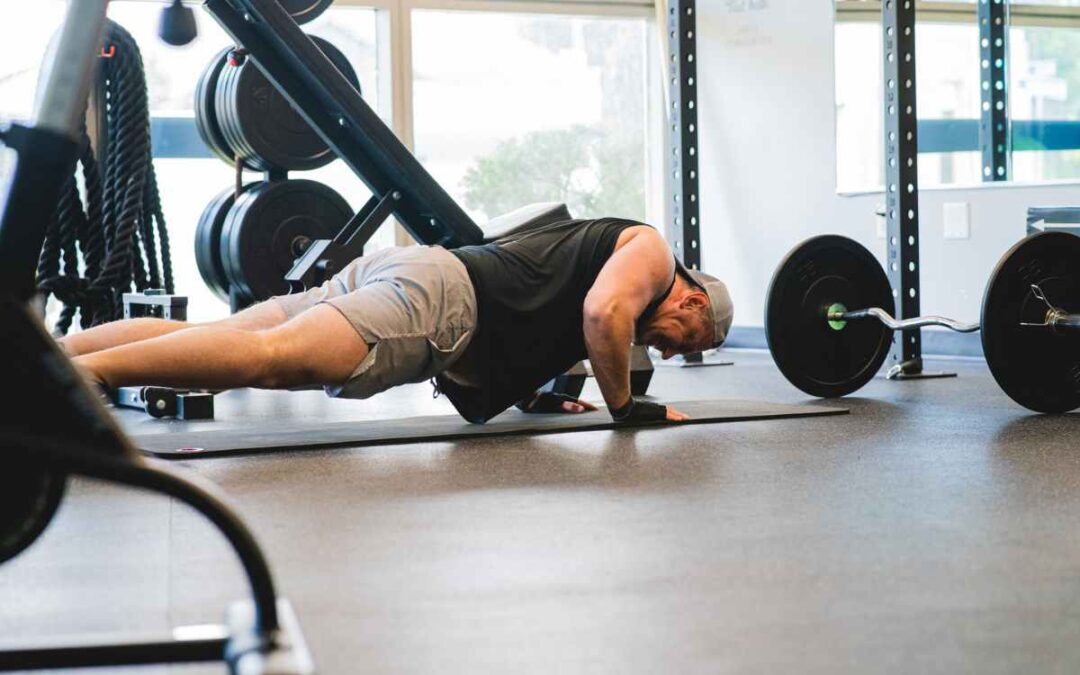The Science Behind Ligament Recovery: Understanding the Body’s Healing Process Post-Workout
Introduction:
The human body is a marvel of intricate mechanisms, especially when it comes to the process of ligament recovery post-workout. Whether you’re an athlete, a fitness enthusiast, or someone recovering from an injury, comprehending the science behind ligament recovery is essential for optimizing your fitness regimen and ensuring long-term physical well-being. In this informative blog, we delve into the complexities of the body’s healing process after a workout, shedding light on the intricate mechanisms that contribute to effective ligament recovery and injury prevention.
The Dynamics of Ligament Healing:
Ligament recovery is a multifaceted process that involves a series of intricate physiological responses aimed at repairing damaged tissues and restoring optimal function. When a ligament undergoes stress or injury during a workout, the body initiates a cascade of cellular and biochemical processes to facilitate the healing journey. Understanding these dynamics can provide valuable insights into the importance of rest, nutrition, and targeted exercises in promoting efficient ligament recovery.
The Role of Inflammation in Healing:
Inflammation is a critical component of the body’s natural healing response, triggering the release of immune cells and growth factors that facilitate tissue repair. While acute inflammation is essential for initiating the healing process, chronic inflammation can impede ligament recovery and lead to prolonged discomfort and reduced joint mobility. By incorporating anti-inflammatory foods and supplements into your diet, you can mitigate excessive inflammation and promote a more efficient ligament healing process.
Nutrition and Ligament Repair:
Nutrition plays a pivotal role in supporting ligament recovery by providing the essential nutrients and building blocks necessary for tissue regeneration. Incorporating a diet rich in proteins, vitamins, and minerals aids in collagen synthesis, the primary structural protein in ligaments, promoting their strength and resilience. Additionally, consuming antioxidants and omega-3 fatty acids can help reduce oxidative stress and promote overall tissue health, expediting the ligament recovery process.
The Importance of Rest and Recovery:
Rest is a fundamental component of the ligament recovery process, allowing the body to conserve energy and allocate resources towards tissue repair and regeneration. Adequate sleep, along with structured rest intervals between workouts, facilitates optimal ligament recovery, preventing overuse injuries and promoting overall musculoskeletal health. Additionally, incorporating gentle stretching and low-impact exercises during the recovery phase can enhance blood circulation and promote flexibility, expediting the healing process.
Empowering Ligament Recovery for Optimal Performance:
Understanding the science behind ligament recovery is paramount to optimizing your fitness journey and achieving long-term physical well-being. By embracing the intricate dynamics of the body’s healing process and incorporating a holistic approach to nutrition, rest, and targeted exercises, you can empower your ligament recovery journey and promote optimal performance. Remember, prioritizing self-care and mindful recovery practices not only fosters efficient ligament healing but also sets the foundation for a sustainable and robust fitness routine. Embrace the science of ligament recovery and unlock your body’s true potential for enduring strength and resilience.



Recent Comments